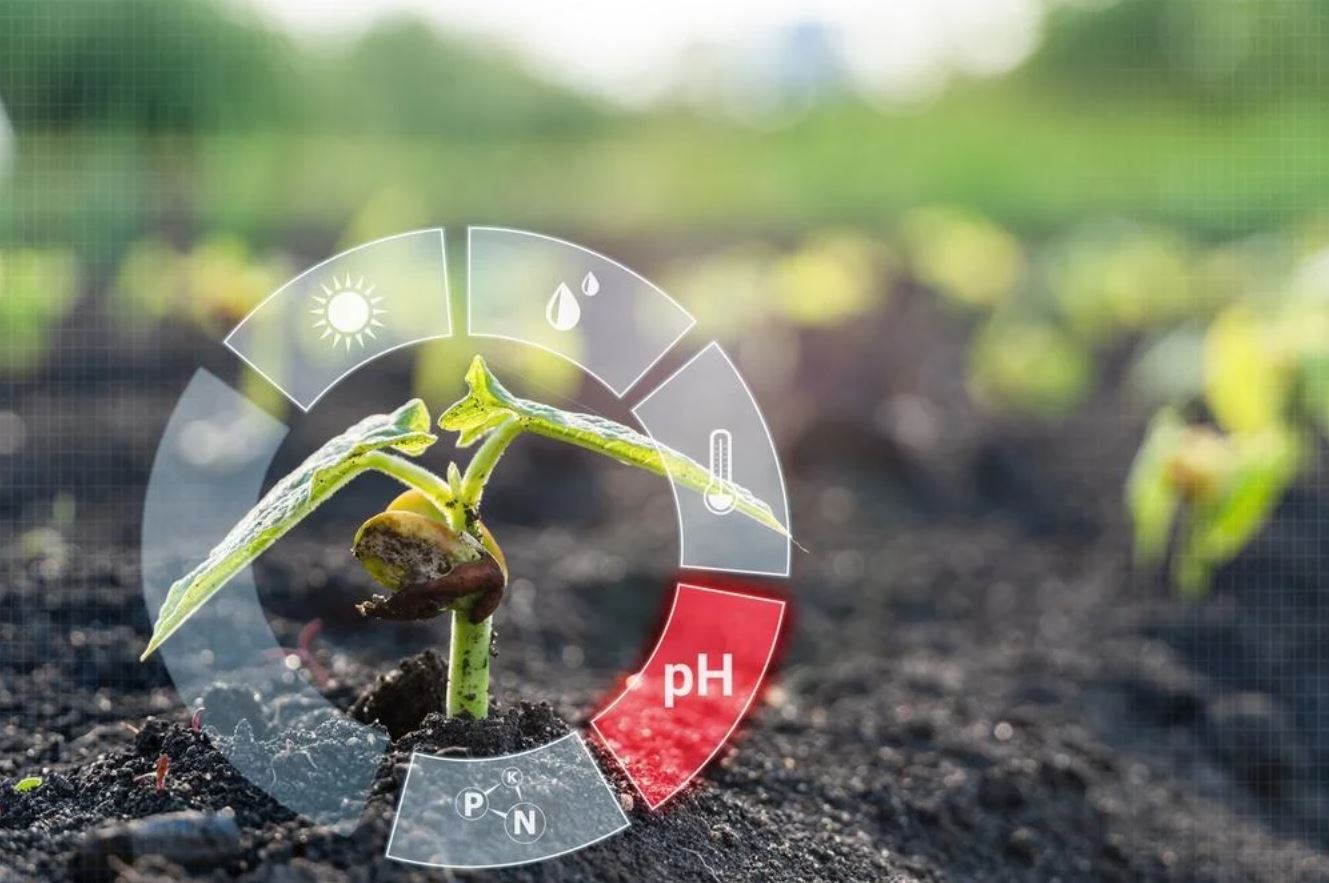 Researchers in the United States are blending artificial intelligence with classic microscopy to reshape soil health testing. By combining low-cost optical microscopes with machine learning, the team at the University of Texas at San Antonio is making it easier and more affordable for farmers and land managers to assess soil biology. If you’ve ever struggled with expensive and complicated soil tests, this new approach might just be the solution you need.
Researchers in the United States are blending artificial intelligence with classic microscopy to reshape soil health testing. By combining low-cost optical microscopes with machine learning, the team at the University of Texas at San Antonio is making it easier and more affordable for farmers and land managers to assess soil biology. If you’ve ever struggled with expensive and complicated soil tests, this new approach might just be the solution you need.
The method focuses on quantifying fungi—organisms that play a key role in nutrient cycling, water retention, and plant growth. Unlike traditional techniques that emphasise chemical analysis through DNA testing or phospholipid fatty acid profiling, this system gauges biological factors directly.
Alec Graves from UTSA College of Sciences explains that the innovation cuts down on both cost and the need for specialized lab equipment. By using a machine learning algorithm integrated into custom software, the system labels microscope images, automatically detecting fungal strands even in diluted samples. The process involves breaking video footage of a soil sample into individual images, which are then analysed by a neural network to determine fungal biomass.
Looking ahead, the researchers are developing a mobile robotic platform to merge sample collection, microphotography, and analysis into one compact device. The team, led by Professor Saugata Datta from the Institute of Water Research Sustainability and Policy at UTSA, expects a fully functional prototype in the field within two years.








